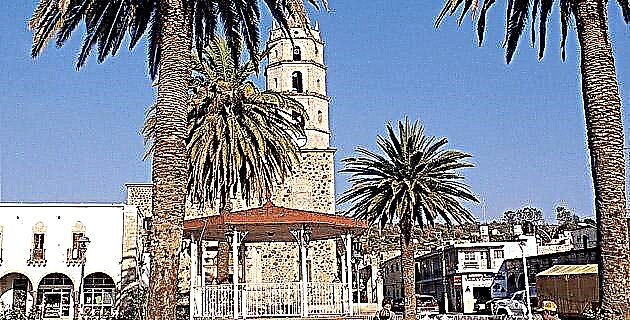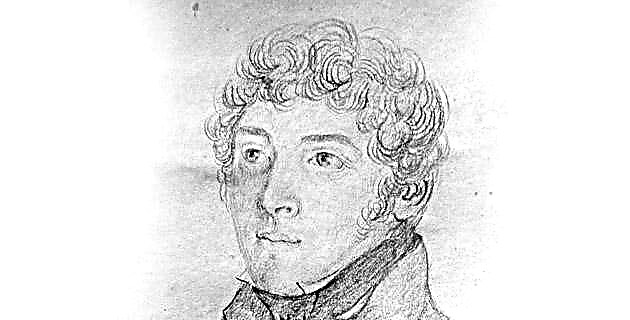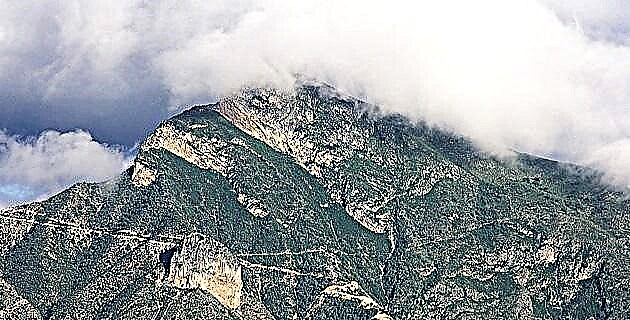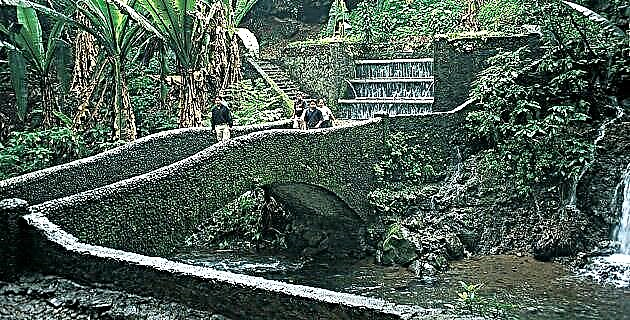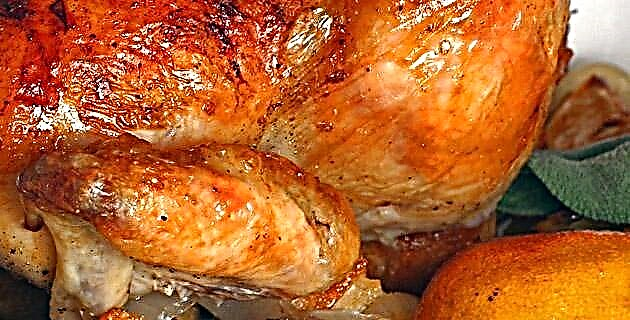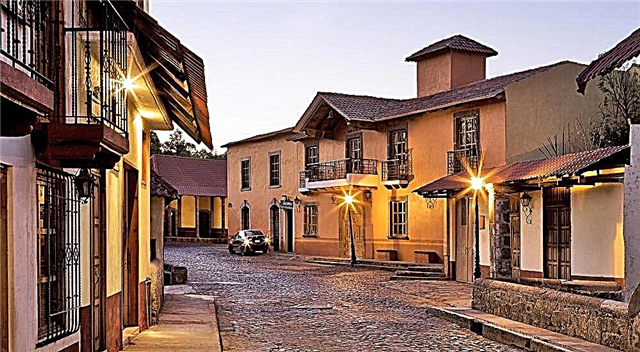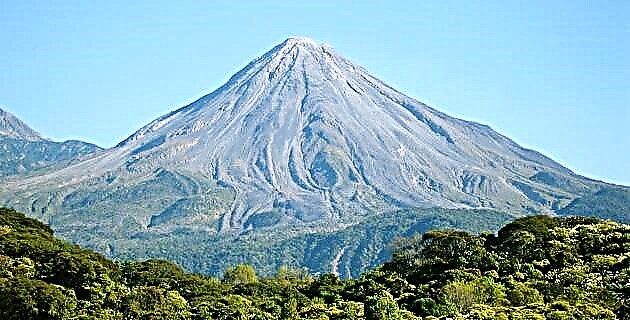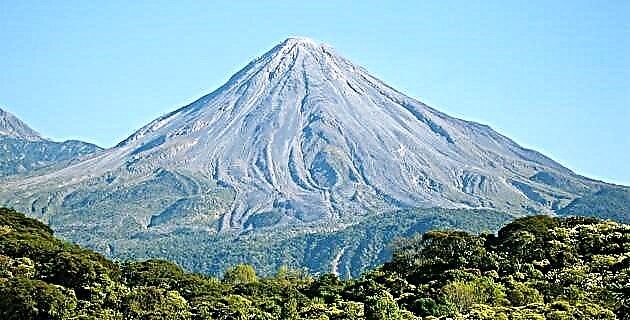
Almost three-quarters of the state of Colima is mountainous and has numerous folds, depressions, ravines, rivers, lakes and waterfalls that give rise to the most beautiful ecological spaces.
Almost three-quarters of the state of Colima is mountainous and has numerous folds, depressions, ravines, rivers, lakes and waterfalls that give rise to the most beautiful ecological spaces.
This time, we chose the northern region of the municipality of Comala and the western mountainous region.
When leaving the city of Colima, on the road that goes to Comala, you will find the unique Villa de Álvarez, which keeps the flavor of the traditional construction style of the region; The main garden portals and the estates of the central streets with thick adobe walls, windows with wrought iron bars, tile roofs stand out, and inside, wide patios, gardens and corridors supported by carved wooden pilasters.
The city is known above all for the tuba water, a kind of mead produced by the flower of the coconut palm; its color is pale pink and it is sweet and refreshing. The “tuberos” load their product in large bules that they cover with corn cobs.
On all sides in this region you can see the colimote hats, beautiful and fresh, typical of the state, excellent for carrying out field tasks; These hats are adorned with fur details on the crown, which is hard as a helmet.
A few kilometers away, going up towards the Colima volcano, is the former Hacienda del Carmen, which has a garden with four fountains in front of it; the facade of the chapel, in neoclassical style, is austere, with a triangular pediment.
Inside the hacienda there is a large patio flanked by arched corridors, where some murals are still preserved.
On leaving, we went to the former Nogueras farm, nestled in the old indigenous town of Ajuchitán, and that at the beginning of the 20th century, when Nogueras became an important sugarcane farm where more than 500 workers worked, changed its name .
In the hacienda there is still a chacuaco (oven to process silver); the façade of the chapel, whose access is framed by a semicircular portal on quarry jambs and carved key; Adjoining Doric columns were built on the sides of the arch, the frieze of which is decorated with fleur-de-lis figures. To the left is a one-story tower with a bell tower with double semicircular arches. In the old town are located the University Cultural Center and the Alejandro Rangel Hidalgo Museum, in which the works and various objects of this distinguished artist from Colima are exhibited.
From Nogueras we went to Comala ("place of comales"), also known as White Town of America and that in 1988 the government declared a historical monument. This town, with white houses with tile roofs that stand out from the gardens of exuberant vegetation, is surrounded by the San Juan River and the Suchitlán stream, and has the majestic Fuego volcano as its backdrop.
You cannot miss the parish of San Miguel del Espíritu Santo, the square with its small fountains and, of course, the beautiful kiosk with a hexagonal base that is in the center, as well as the Juan Rulfo auditorium and the municipal palace.
At the entrance of Comala is the Pueblo Blanco Craft Center. Here they work in the manufacture of mahogany and parota furniture; The products are finely finished with blacksmith details and vinyl paint sealed with designs by the Colima painter Alejandro Rangel Hidalgo, founder of the same center.
In the gardens there are imposing ancient parotas that give the place a very particular atmosphere.
About 40 km north of Comala is Suchitlán, a very special town because it is perhaps the only town in the state where there is still an important Nahuatl presence, in addition to being the gateway to the Las Lagunas region and the Colima volcano.
The traditions and the indigenous way of life are manifested with all vigor in this place, with its folkloric and artisan expressions. The custom persists among the indigenous people to use colored wooden masks, which they themselves make, both in shepherds and in different dances in the region.
Leaving Suchitlán to the north begins the beautiful landscapes of the Las Lagunas region.
The Carrizalillo lagoon is located in the foothills of the Colima volcano; It is surrounded by hills and surrounded by a panoramic cobbled road from where it is possible to admire majestic landscapes. In this place it is possible to rent cabins or camp in peace and enjoy boat rides, it also has all the services.
A few minutes from Carrizalillo is a peaceful lagoon, La María, made up of crystal clear waters surrounded by large parotas. Here you can practice swimming or take pleasant tours in small boats.
Returning to Colima, and after passing Comala, we headed towards the western mountainous region.
At km 17 of the highway that connects the city of Colima with the town of Minatitlán is Agua Fría, a rustic spa that, due to its peaceful beauty, is considered the most pleasant in the state. On the banks of the river there are places where you can eat and enjoy the scenery.
Not far from there, the Agua Dulce spa is another great option for those who enjoy fresh river water.
Ten kilometers from Agua Fría, the walker finds another spa, known as Picachos, formed by the waters of the Sampalmar river, in whose course several ponds are built.
The end of our tour was Minatitlán, a town that has gained importance due to the large amount of iron that exists in the nearby hill of Peña Colorada.
One kilometer from the town is the El Salto waterfall, a waterfall of singular beauty, with a height of more than 20 m and around which there are capricious rock formations.
Refresh yourself with tuba water at the Villa de Álvarez kiosk, take a colimote hat from Comala, a souvenir from the cabinetmakers of the Pueblo Blanco Craft Center, a Nahuatl mask from Suchitlán or a cane juice from Minatitlán, are just some of the many attractions offered by the interesting tour of this rich and small corner of Mexico.
Source: Unknown Mexico No. 296 / October 2001

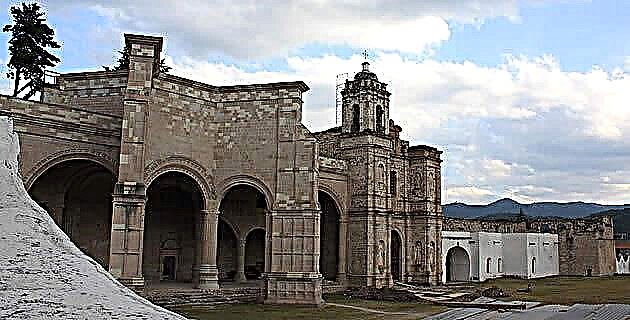
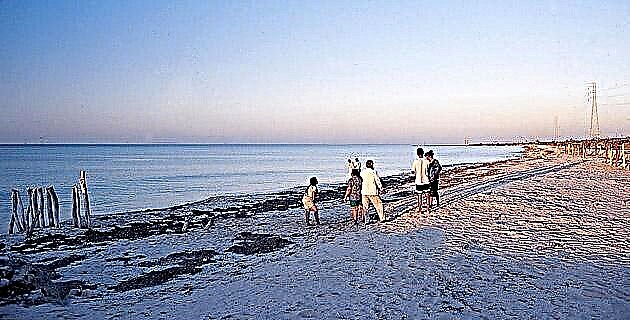
![How To Get To The Tolantongo Caves - [2018 Guide]](https://visitnatalbrazil.com/img/tips-2020/1296/image_cS2UvKj1poWFpc5.jpg)
